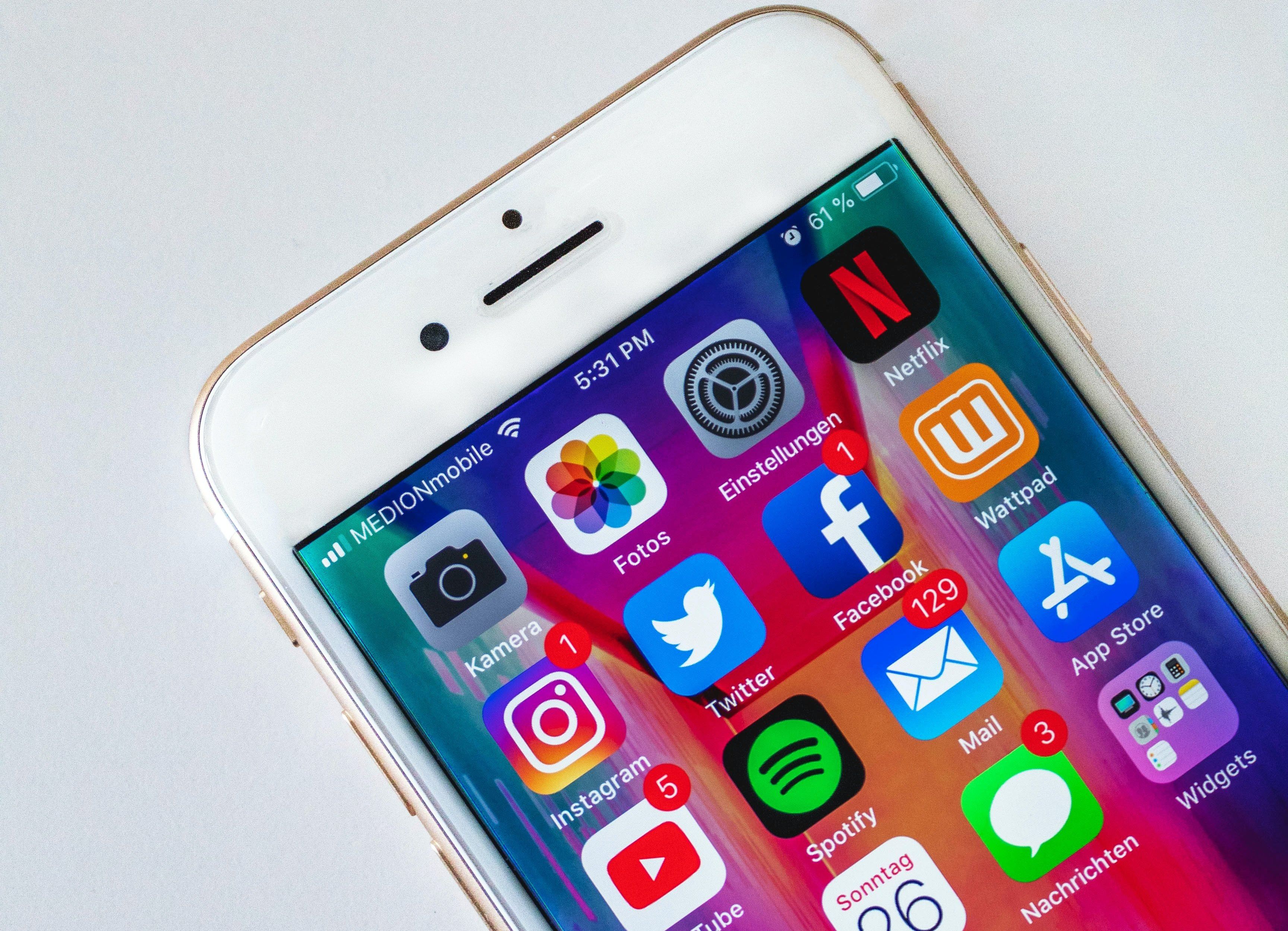Creators Aren’t Going To Pay For Social Media Subscriptions
Kristin Snyder is dot.LA's 2022/23 Editorial Fellow. She previously interned with Tiger Oak Media and led the arts section for UCLA's Daily Bruin.

In June of last year, Snapchat introduced its paid tier, Snapchat Plus. At $3.99 a month, subscribers will have their responses to people’s stories prioritized, customization the app’s appearance and access un-released features. People generally scoffed at the idea but, as of January, two million people signed up as paid subscribers.
Still, the concept of pay-to-play social media wasn’t getting much attention. That is, until Elon Musk announced Twitter Blue in October. People willing to pay $8 per month for Twitter Blue are prioritized in the algorithm, can edit tweets and get the blue checkmark that proves a user has been verified. To date, less than 1% of Twitter’s 500 million users have signed up for the subscription.
Nevertheless, the overwhelmingly negative response to Twitter Blue didn’t stop Meta from launching its own version for Facebook and Instagram in March. For $11.99 per month for desktop users or $14.99 per month on mobile, users can get verified and access exclusive features, like stickers for Reels.
But do influencers, who rely on social media more than the average person, want to buy into these features? So far, the answer seems to be “no.”
Influencers have stated that they aren’t going back to Instagram if TikTok is banned, and they wouldn’t pay for it even if influencers did switch back to the photo-sharing platform. Others have taken to poking fun at Instagram users pretending to be surprised at getting verified even as the app shows that verification happened in March.
“My biggest ick at the moment are people who are paying to get the verified tick on Instagram,” one influencer said in a TikTok video.
Meanwhile, some social media coaches are teaching people the steps to getting verified on Instagram sans payment.
Adding fuel to the fire, around the time Meta announced its subscription service, it also stopped paying creators for Reels. The bonus payment program had once been lucrative for influencers, with some making thousands of dollars. Unsurprisingly, creators were upset that they were losing money. Add in the fact that Instagram now wants those creators to pay the company, and most of the platform’s super users are unlikely to be keen to join the paid subscription service. In fact, one influencer stated she would not subscribe to Instagram’s verification program because the company had ended its Reels payments.
For its part, Snapchat has avoided similar backlash because it still pays creators through its Snap Stars program. Influencers are unlikely to join Snapchat Plus since their content is reaching their followers without an artificial boost from the paid subscription. Instead, the platform has found moderate success with its non-influencer user base—and averted any bad press from well-known influencers publicly complaining about having to pay.
In theory, Meta’s new paid subscription program could be a boon for someone with a few thousand Instagram followers and who’s willing to boost their presence on the app. In a way, it’s not all that different from buying fake followers, which many influencers already do.
But the subscription model presents a threat to influencers who don’t want to pay. For one, they’re less likely to reach their existing followers, meaning their engagement will decrease—and engagement is a massive part of how brands determine which influencers to work with. It also means more people will be competing for the same brand deals even as companies decrease their marketing budgets.
For some, it will just push them to prioritize other platforms, like TikTok and YouTube. One lifestyle Instagram influencer told Vox that she was considering switching to TikTok, where she can gain a following organically.
For now, established influencers are resisting having to pay Instagram for features they once were able to access for free. But a new crop of creators is already slowly popping up who are willing to pay for the additional features. After all, $14.99 per month isn’t a high price to pay if the platform dangles the prospect of internet stardom in front of them.
Kristin Snyder is dot.LA's 2022/23 Editorial Fellow. She previously interned with Tiger Oak Media and led the arts section for UCLA's Daily Bruin.




